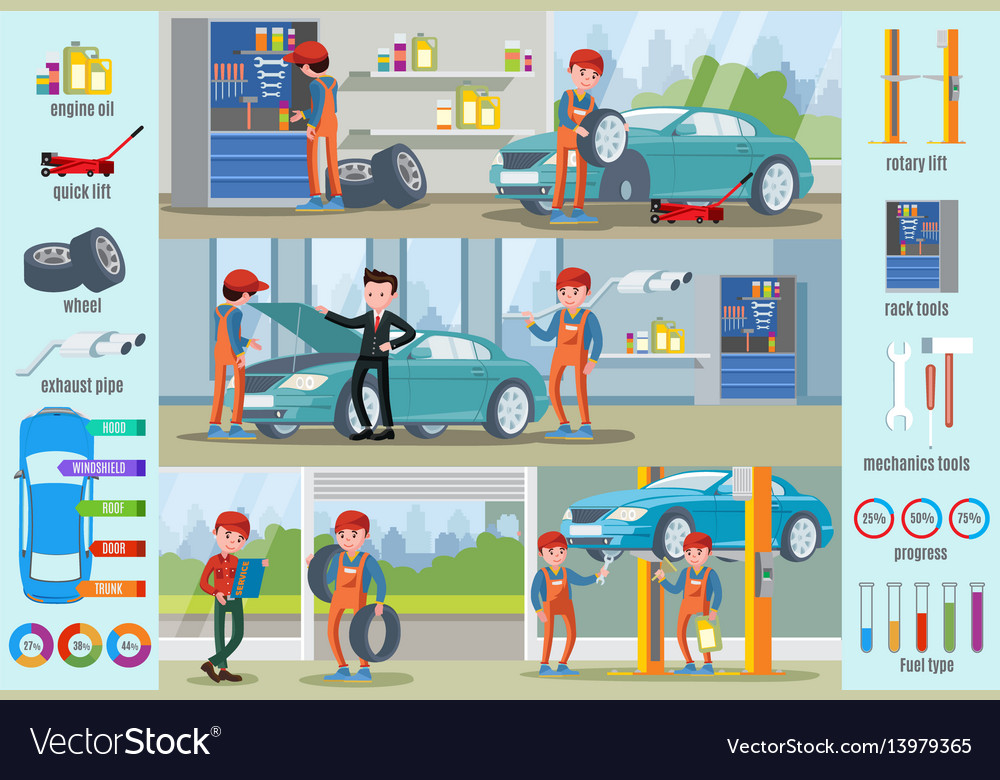Translating Your Auto'S Alert Lights: Their Real Ramifications
Translating Your Auto'S Alert Lights: Their Real Ramifications
Blog Article
marine wash Created By-Lauritsen Alvarado
When you're behind the wheel, those beautiful caution lights on your dashboard can be a bit puzzling. Do you know what they're trying to inform you regarding your vehicle's wellness? Comprehending the significance of these lights is important for your security and the longevity of your vehicle. So, the following time among those lights turns up, would not you intend to decode its message properly and take the required actions to address it?
Common Warning Lighting and Interpretations
Recognize typical caution lights in your vehicle and comprehend their significances to guarantee safe driving.
The most regular caution lights include the check engine light, which signifies issues with the engine or emissions system. If this light begins, it's vital to have your vehicle checked without delay.
The oil stress advising light indicates low oil pressure, calling for prompt focus to stop engine damage.
A flashing battery light may recommend a malfunctioning charging system, potentially leaving you stranded otherwise addressed.
The tire pressure surveillance system (TPMS) light notifies you to reduced tire stress, affecting vehicle security and fuel performance. Overlooking this can cause harmful driving problems.
The abdominal muscle light indicates a trouble with the anti-lock braking system, endangering your capability to quit promptly in emergency situations.
Finally, the coolant temperature level advising light warns of engine overheating, which can result in serious damages if not fixed quickly.
Understanding these typical caution lights will help you deal with issues immediately and preserve secure driving conditions.
Importance of Prompt Focus
Comprehending the typical caution lights in your vehicle is only the initial step; the importance of immediately resolving these cautions can't be emphasized enough to guarantee your security when traveling.
When a warning light illuminates on your control panel, it's your vehicle's method of communicating a prospective issue that needs attention. Overlooking these warnings can bring about much more extreme troubles down the road, endangering your safety and security and potentially costing you much more in repairs.
Trigger interest to cautioning lights can avoid break downs and crashes. As an example, a flashing check engine light might show a misfire that, if left ignored, might cause damages to the catalytic converter. Resolving this immediately can save you from an expensive repair work.
Likewise, a brake system warning light may signify reduced brake liquid or worn brake pads, essential parts for your safety and security when driving.
DIY Troubleshooting Tips
If you notice a warning light on your control panel, there are a couple of DIY troubleshooting pointers you can try before seeking professional assistance.
The very first step is to consult your automobile's handbook to understand what the specific caution light indicates. In some cases the problem can be as easy as a loose gas cap causing the check engine light. Tightening the gas cap might resolve the issue.
One more typical problem is a low battery, which can activate different cautioning lights. Inspecting boat valet for rust and ensuring they're protected might deal with the trouble.
If a warning light continues, you can try resetting it by separating the vehicle's battery for a couple of mins and then reconnecting it. Additionally, inspecting your car's fluid levels, such as oil, coolant, and brake fluid, can assist repair alerting lights associated with these systems.
Conclusion
To conclude, comprehending your vehicle's warning lights is vital for keeping your car running efficiently and safely. By immediately dealing with please click the following post and understanding what they mean, you can prevent pricey repair work and potential malfunctions.
Keep in mind to consult your vehicle's manual for certain details on each warning light and take action as necessary to ensure a hassle-free driving experience.
Remain notified, remain https://www.koreaherald.com/view.php?ud=20220722000590 -free on the road!
